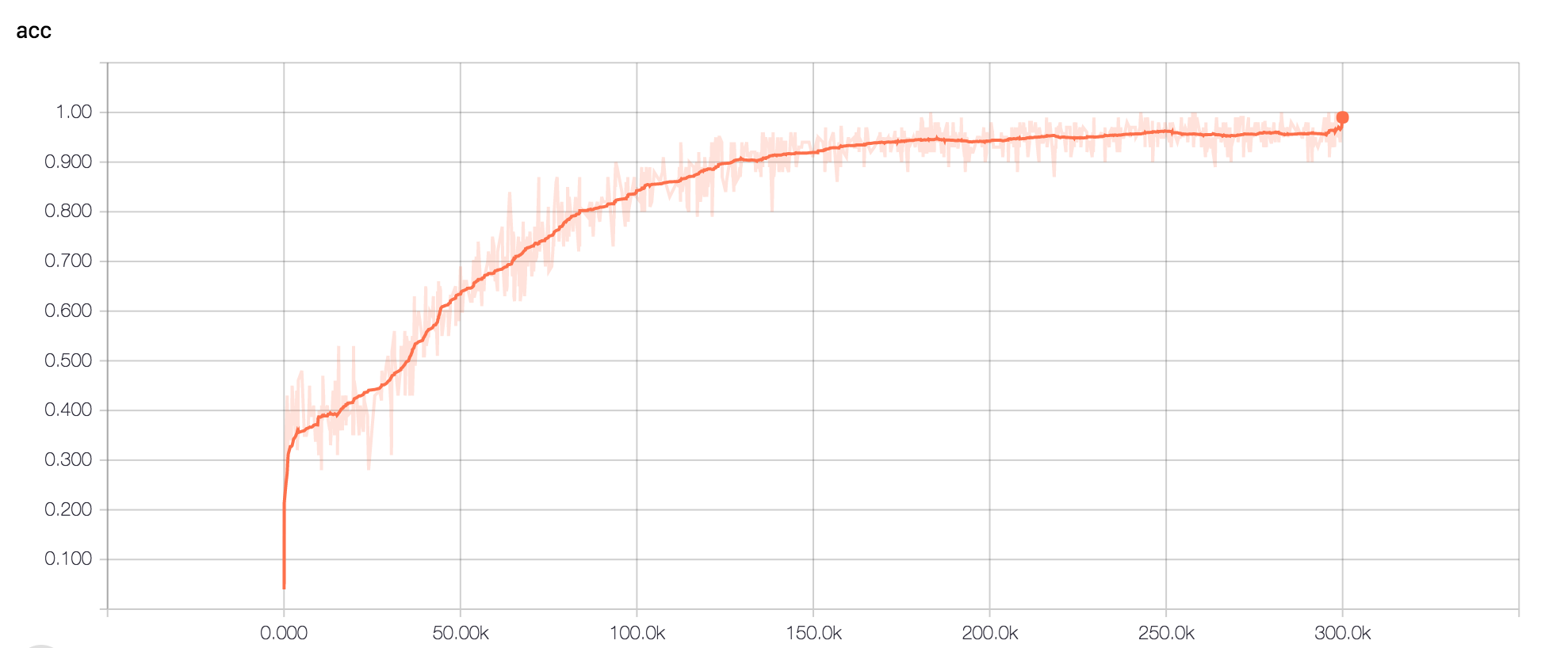Reproducing the associative model experiment on the paper
Using Fast Weights to Attend to the Recent Past by Jimmy Ba et al. (Incomplete)
Tensorflow (version >= 0.8)
Generate a dataset
$ python generator.py
This script generates a file called associative-retrieval.pkl, which can be used for training.
Run the model
$ python fw.py
The following is the accuracy and loss graph for R=20. The experiments are barely tuned.
Layer Normalization is extremely crucial for the success of training.
- Otherwise, training will not converge when the inner step is larger than 1.
- Even when inner step of 1, the performance without layer normalization is much worse. For R=20, only 0.4 accuracy can be achieved (which is same as the level of other models.)
- Even with Layer Normalization, using slow weights (ie. vanilla RNN) is much worse than using fast weights.
Further improvements:
- Complete fine-tuning
- Work on other tasks
Using Fast Weights to Attend to the Recent Past. Jimmy Ba, Geoffrey Hinton, Volodymyr Mnih, Joel Z. Leibo, Catalin Ionescu.
Layer Normalization. Jimmy Ba, Ryan Kiros, Geoffery Hinton.

